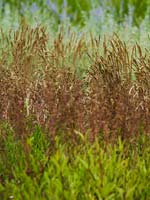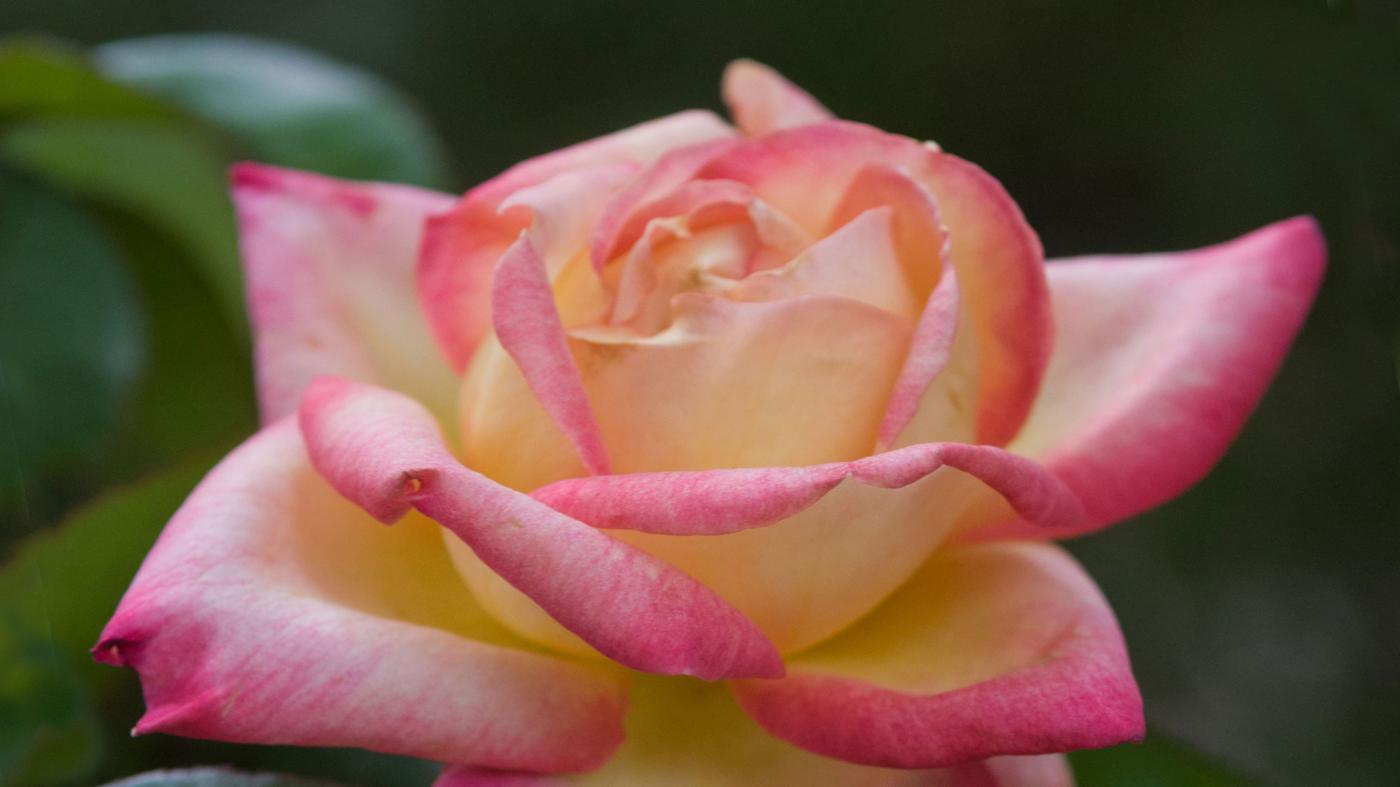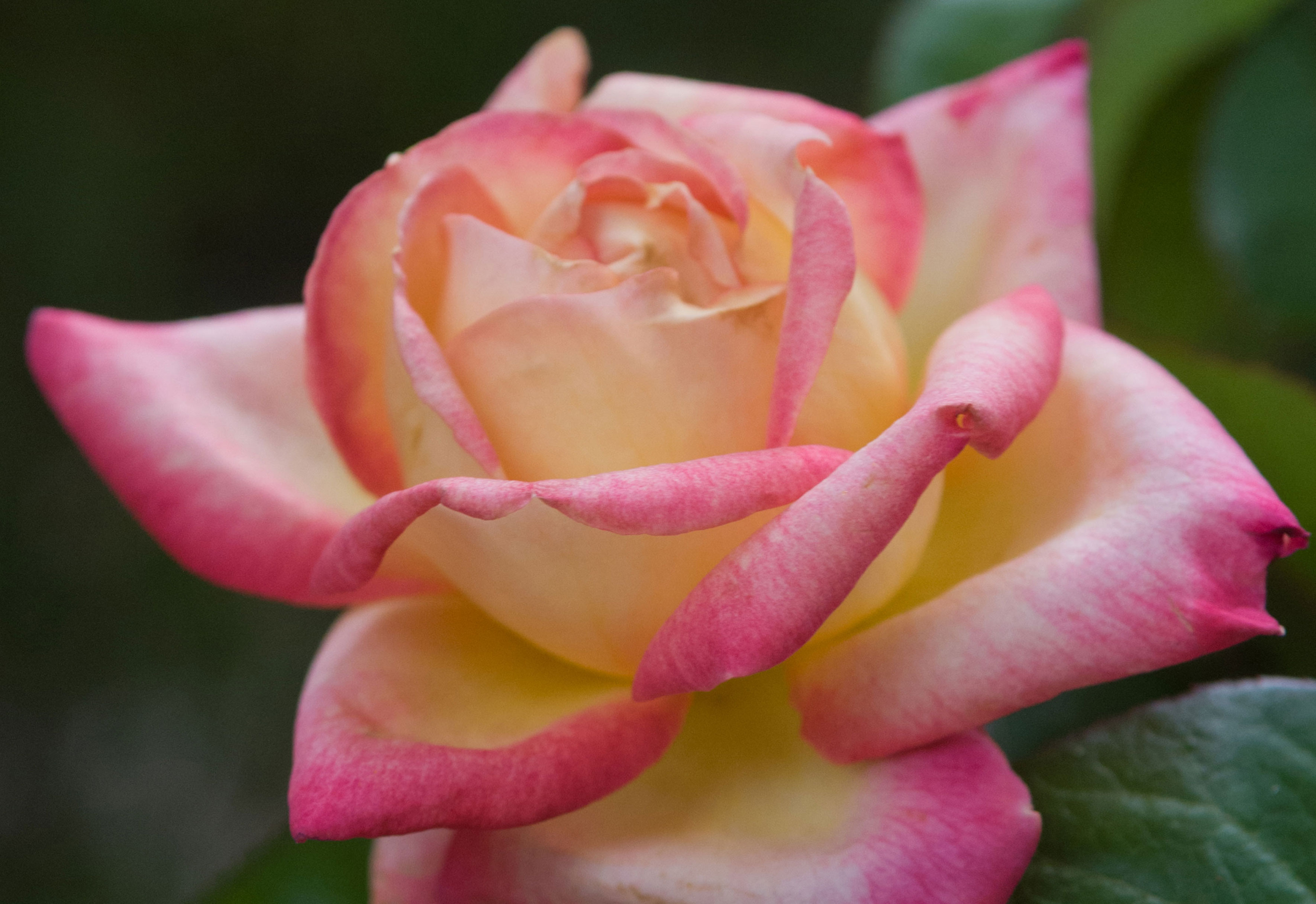
Raising a Rooftop Garden
They conserve water, reduce noise, stem stormwater runoff, minimize urban heat island effect, and provide necessary habitat for native birds and insects. Green roofs are growing in popularity. The 16,000-square-foot Green Roof Garden atop the Daniel F. and Ada L. Rice Plant Conservation Science Center is open to the public — it's one of just a few rooftop gardens you can actually walk through, so plan a visit to learn more.
A Celebration of Form and Function
Designed by Oehme, van Sweden & Associates (the landscape architects who created Evening Island), the Green Roof Garden features ornamentals, large plantings, and dramatic sweeps of green — a celebration of both form and function. The Josephine P. & John J. Louis Foundation Green Roof Garden North features both native and exotic plants, including hardy sedums, Mediterranean herbs like oregano and lavender, grasses, and some small shrubs. The containers vary by season. In spring, the rooftop features tulips and dwarf daffodils, and later in the summer look for tomatoes, cucumbers, pole beans, basil, dill, and summer annuals in containers.
The Ellis Goodman Family Foundation Green Roof Garden South includes only plants native to North America, and portions of this entire roof serve as demonstration and evaluation sites. In fact, one of the important roles of the Green Roof Garden is to expand knowledge about the types of plants well suited for midwestern rooftop gardens. Because expertise is still evolving, only a limited palette of plants is now used by most gardeners. On both sides, visitors can see how graduated depths of planting medium (a mix of expanded clay, shale, perlite, vermiculite,and organic matter) enable Garden experts to experiment with an array of plants, from grasses to perennials and woody plants…even cactuses!
Evaluation is an integral component of the Plant Science Center's Green Roof Garden. Three monitoring stations, located on each side of the roof, assess air temperature, soil moisture, heat transfer, and light levels. Readings are taken automatically every 15 minutes, 24 hours a day, every day, to provide real-time, ongoing data about the effectiveness of our green roof.
Consider Your Own Rooftop Garden
Interested in planning — and planting — your own rooftop garden? It's easier than you think, both to install and maintain. On the Plant Science Center's south roof, observe a typical tray-based rooftop garden system, and discover how it can be used for different types of roofs.
Home Rooftop Garden Tips
- Use sound thinking. Before attempting any rooftop garden project, have a professional structural engineer inspect the roof to be sure it is structually sound.
- Know before you grow. If necessary, get appropriate licenses and permissions before starting your rooftop gardening project.
- Determine the best plants. How much sun does your rooftop receive throughout the year? Are you able to water or must your rooftop garden rely solely on rain? How hot does your rooftop get? How much wind? Determining these factors ahead of time make your plant selection more strategic and help your chances for success.
- Evaluate container gardens vs. rooftop planting material:
- For most residences, container rooftop gardening is the best way to go; containers are easier to install and maintain, and can be quite cost efficient. The key is to keep your growing system lightweight.
- A more elaborate rooftop garden involves covering the roof (or part of it) with planting material and plants. An initial layer of waterproof and insulating material is applied directly to the roof. Root barrier is the next layer. On top of that is a drainage material that allows water to pass through rather than puddle. A filtration fabric often is placed on top of the gravel to prevent clogging. Finally, a layer of growing media is added. Finding a depth balance is sometimes tricky — it must be deep enough for plants to grow and thrive but shallow enough to keep the total weight to a minimum. Read about green roofs.
- The best products are those specifically designed for green roofs. Because it is on top of your home, quality is key.
- Factor in other considerations: storage (is there a place on the roof to keep tools and materials or must you bring them upstairs each time?), cost (how much do you have available to spend on the project?), and time (how much do you want Mother Nature to be in charge of your rooftop garden's success? How much gardening time do you have to commit?).


